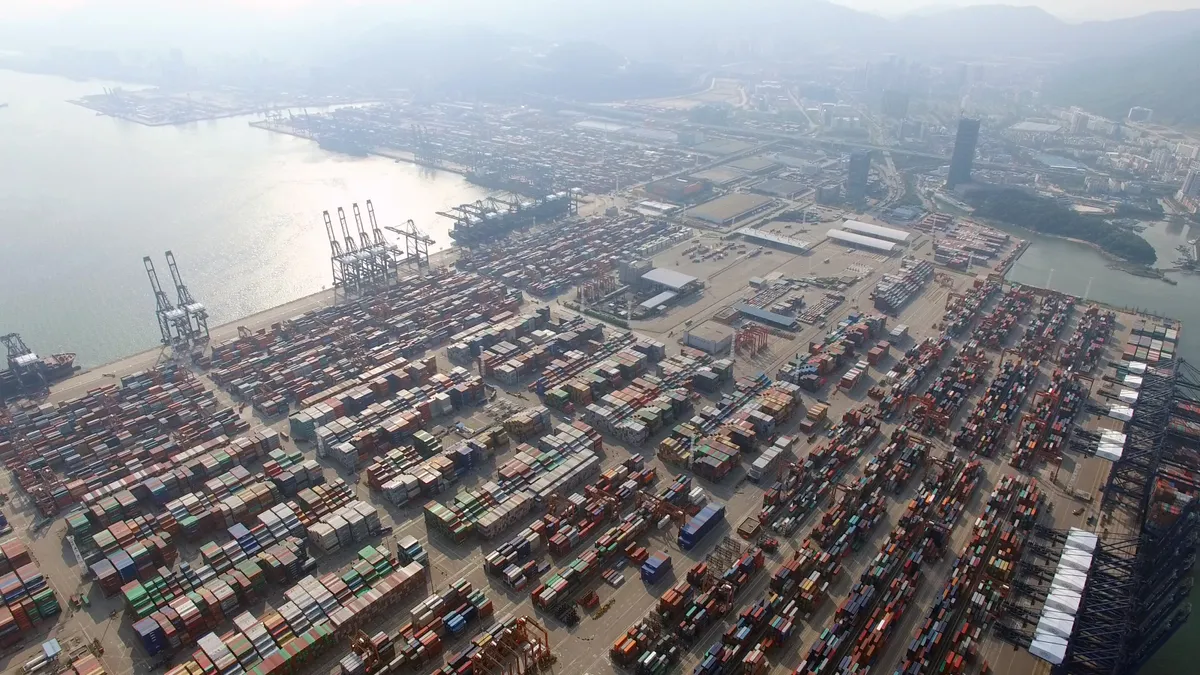Editor’s note: This story is part of a series of trade data spotlights. Sign up for our free newsletter to see more as they publish.
A U.S.-China trade war is already buffeting businesses, but some may be more affected than others.
China represented 11% of all U.S. trade in 2024, with electronics, machinery, toys, sports equipment and furniture making up more than half of all imports, per a Supply Chain Dive analysis.
However, in recent months, President Donald Trump has pushed to shift the balance of trade with China by instituting sky-high tariffs on the country’s products. As of mid-April, many imports from China were subject to a series of national emergency-related tariffs that added a 145% levy, on top existing duties. China retaliated in turn with higher levies on U.S. imports.
While Trump has since signaled a potential willingness to lower the tariffs, many businesses have taken action to mitigate rising costs — such as pausing shipments from China or raising prices. If the tariffs persist, the impacts of a U.S.-China trade war will be vast, according to the World Trade Organization, and significantly decrease bilateral trade.
“Our simulations show that trade policy uncertainty has a significant dampening effect on trade flows, reducing exports and weakening economic activity,” WTO Chief Economist Ralph Ossa said in an April 16 forecast. “Moreover, tariffs are a policy lever with wide-ranging, and often unintended consequences.”
To understand which product categories may be most affected by elevated tariff rates, Supply Chain Dive analyzed the makeup of general imports from China, including overall value, their percentage of overall imports from the country, and the global market share suppliers in China have for U.S. imports of each product.
The analysis reveals, for example, that baby carriages and umbrellas are highly reliant on suppliers in China — as roughly 96% of U.S. imports came from the country in 2024. Dig deeper into the data using the table below.















